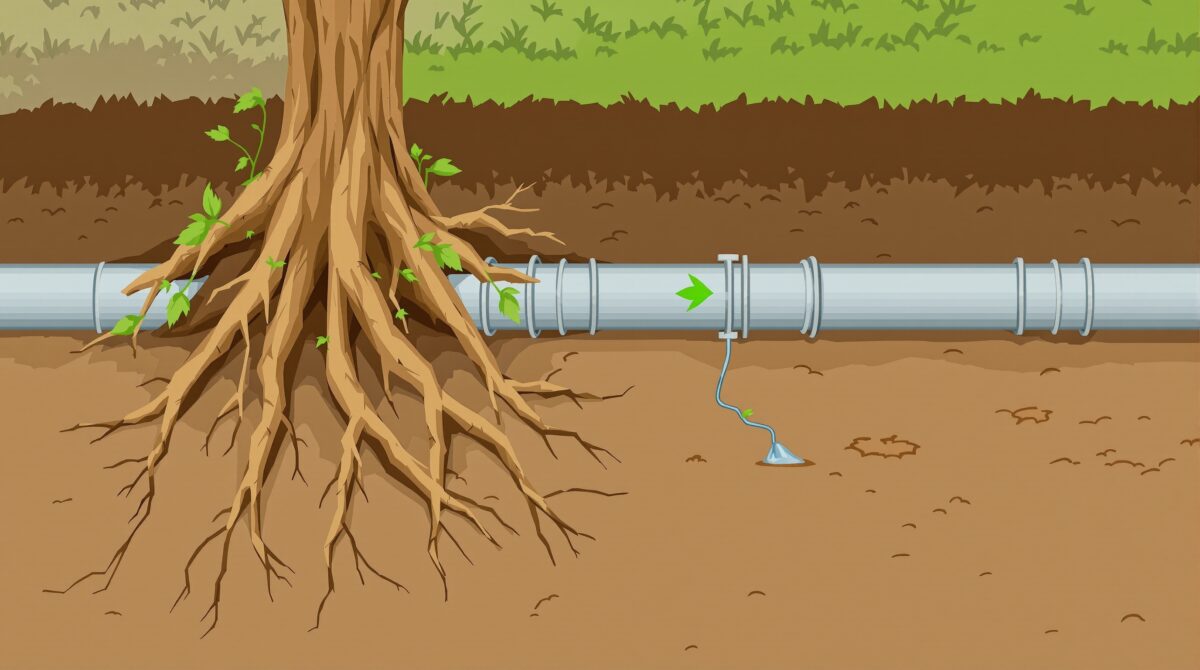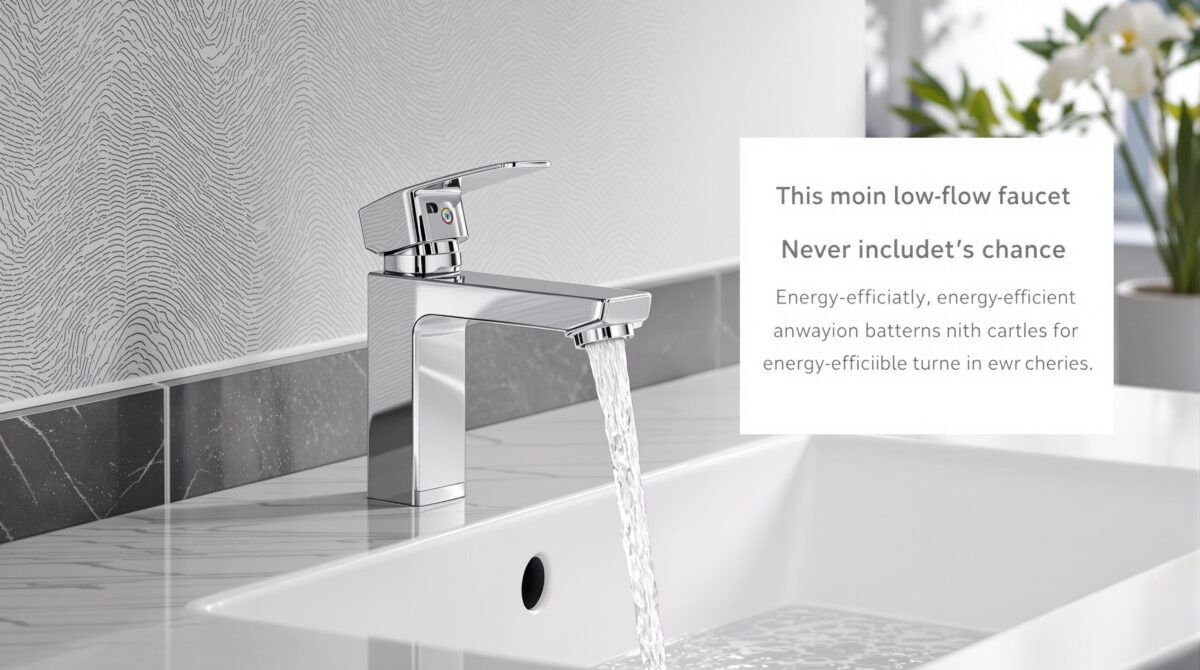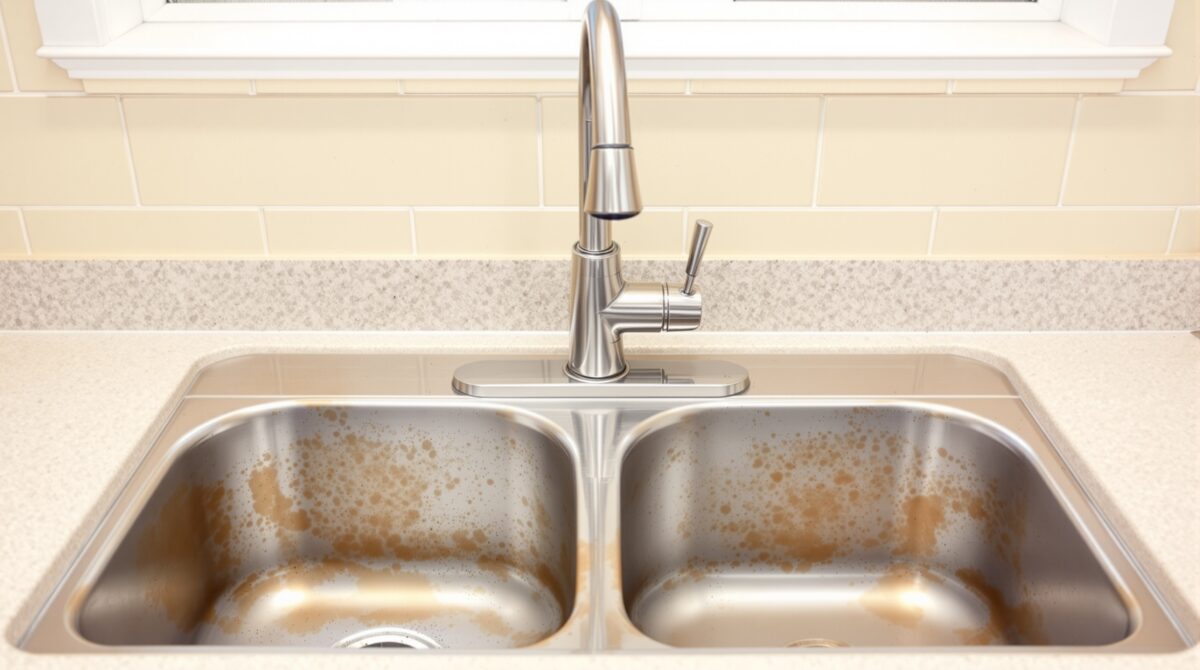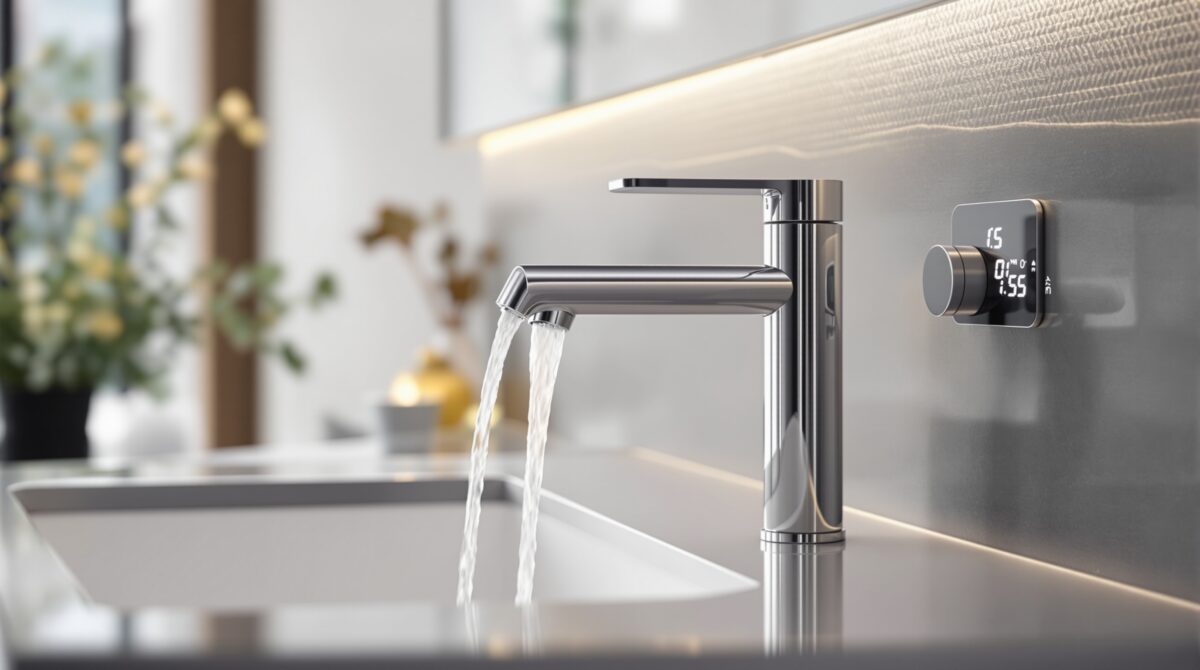Understanding the Hidden Risks
As a homeowner in Delaware, your family’s safety is your top priority. But did you know that hidden dangers might be lurking in your own home? If your house has old plumbing, especially if it was built before the 1980s, you could have lead pipes without even realizing it. This isn’t just a minor issue — the risks are serious and can affect your loved ones’ health in ways you might not expect.
The Dangers of Lead
Lead exposure is like a thief, sneaking into your life without warning. It can quietly impact your health, especially for young children and pregnant women. Symptoms of lead poisoning can be subtle, often mistaken for other common illnesses, which makes it all the more insidious. Understanding what lead pipes are and how they can affect you is an essential first step in protecting your family.
Knowing What to Look For
So, how do you know if your plumbing is safe? Look for signs of lead pipes in your home. These pipes are often dull gray and can be easily scratched with a key or coin. If you notice that your pipes are corroded or if your water tastes metallic, it’s time to take action. Swiftly identifying these issues is crucial in creating a safe environment for your family.
Taking Action
Once you’ve identified potential hazards, the next step is understanding how to deal with them. Replacing lead pipes safely is key to ensuring your household is healthy and protected. But don’t worry! You’re not alone in this. There are guides and experts that can help you every step of the way. Remember, being informed is being empowered, and it’s your best tool in the journey to a lead-free home.
Join us as we dive into a comprehensive guide that will equip you with all the knowledge you need to safeguard your family against these hidden dangers. Your home should be a sanctuary, free from worries and full of safety, and we’re here to help you achieve that!










